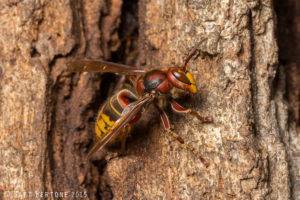
What Looks Like an Asian Giant Hornet
We continue to receive inquiries from people who are confusing some of our common insect species with the Asian …



El inglés es el idioma de control de esta página. En la medida en que haya algún conflicto entre la traducción al inglés y la traducción, el inglés prevalece.
Al hacer clic en el enlace de traducción se activa un servicio de traducción gratuito para convertir la página al español. Al igual que con cualquier traducción por Internet, la conversión no es sensible al contexto y puede que no traduzca el texto en su significado original. NC State Extension no garantiza la exactitud del texto traducido. Por favor, tenga en cuenta que algunas aplicaciones y/o servicios pueden no funcionar como se espera cuando se traducen.
Inglês é o idioma de controle desta página. Na medida que haja algum conflito entre o texto original em Inglês e a tradução, o Inglês prevalece.
Ao clicar no link de tradução, um serviço gratuito de tradução será ativado para converter a página para o Português. Como em qualquer tradução pela internet, a conversão não é sensivel ao contexto e pode não ocorrer a tradução para o significado orginal. O serviço de Extensão da Carolina do Norte (NC State Extension) não garante a exatidão do texto traduzido. Por favor, observe que algumas funções ou serviços podem não funcionar como esperado após a tradução.
English is the controlling language of this page. To the extent there is any conflict between the English text and the translation, English controls.
Clicking on the translation link activates a free translation service to convert the page to Spanish. As with any Internet translation, the conversion is not context-sensitive and may not translate the text to its original meaning. NC State Extension does not guarantee the accuracy of the translated text. Please note that some applications and/or services may not function as expected when translated.
Collapse ▲
We continue to receive inquiries from people who are confusing some of our common insect species with the Asian …

The clear skies and calm winds predicted for this weekend will likely lead to freeze or frost conditions in …

The outbreak of COVID-19 is undoubtedly stressful for everyone in our community – from residents to businesses alike. Fear …
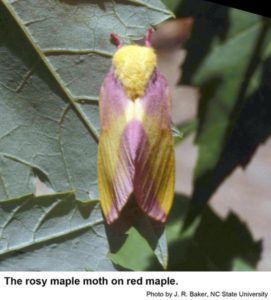
I got reports of rosy maple moths spotted around lights over the weekend. These beautiful moths are the adult …

Crape myrtles have typically been almost maintenance free (unless you top them) but with the new crape myrtle bark …

Amanda Taylor, Area Specialized Agent – Nursery and Greenhouse alerted us that Boxwood leafminer adults are active in the …
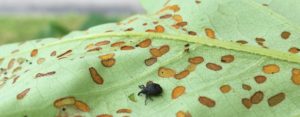
We just got an alert from Amanda Taylor, Area Specialized Agent – Nursery and Greenhouse, that yellow poplar weevils, …

Felt scales are a family of scales that include azalea bark scale (Acanthococcus azaleae), crape myrtle bark scale (Acanthococcus …
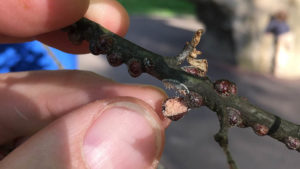
Oak lecanium scale and European fruit lecanium are nearly identical soft scales that infest oaks and many other tree …

Fun, 6-week, online, asynchronous, non-credit courses for gardeners. Learn to describe and identify plants widely used throughout the world! NC …
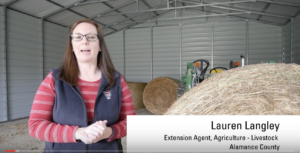
Hay is defined as forage conserved under aerobic dry or limited moisture conditions. Hay is critical to feed livestock during periods …

Several species of vetch (Vicia spp.) are common in landscape plantings and are most noticeable in the spring when …
COVID-19 Daily Farmers Update Prepared by Mark Hoffmann (Small Fruits Extension Specialist) and Xiaonan Shi (MS Student, Department of Horticulture) 3/21/2020: As …

Flea beetles are a voracious group of early-season pest we battle in vegetable gardens. There are several species of …

Although not known to be present yet in North Carolina, a new invasive insect pest known as spotted lanternfly …

Crevice Garden Guilford County A crevice garden is a modified rock garden that mimics the gaps in natural rock formations …

Kale, Brassica oleracea (Kale Group), is one of the healthiest vegetables you can eat—one serving is both low in calories …

We can enhance natural features in our yards to create wildlife-friendly habitats. Such habitats should include the four major …

Growing fruit is an option for anyone in North Carolina, though the types of fruit you can grow may …

This review presents the key steps involved in pruning a mature Carlos vine for maximum …
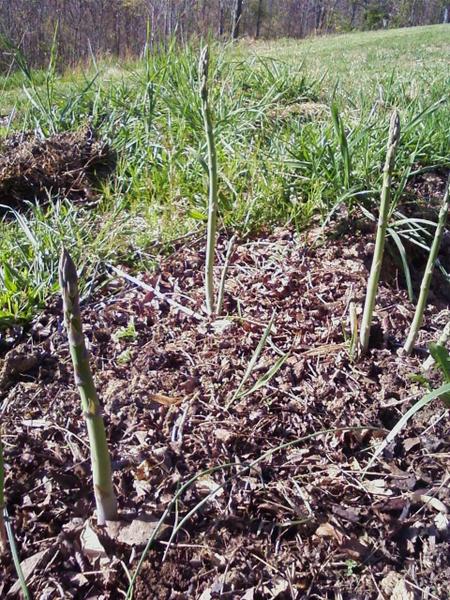
Asparagus has been considered a garden delicacy since Roman times. Any home gardener can grow …
Lack of yard space is no excuse for not growing a vegetable garden. Regardless of …
Sprouts from mung bean (Phaseolus aureus) have been used for food since ancient times. These …
Much success in growing tomatoes can be attributed to use of a few proven techniques. …
Caladiums are grown for their long-lasting, colorful foliage. Color combinations include various shades of red, …
Effective frost protection methods exist, however, each year, a portion of the state's fruit and …
This publication discusses growing and harvesting head lettuce, the most important salad vegetable grown in …